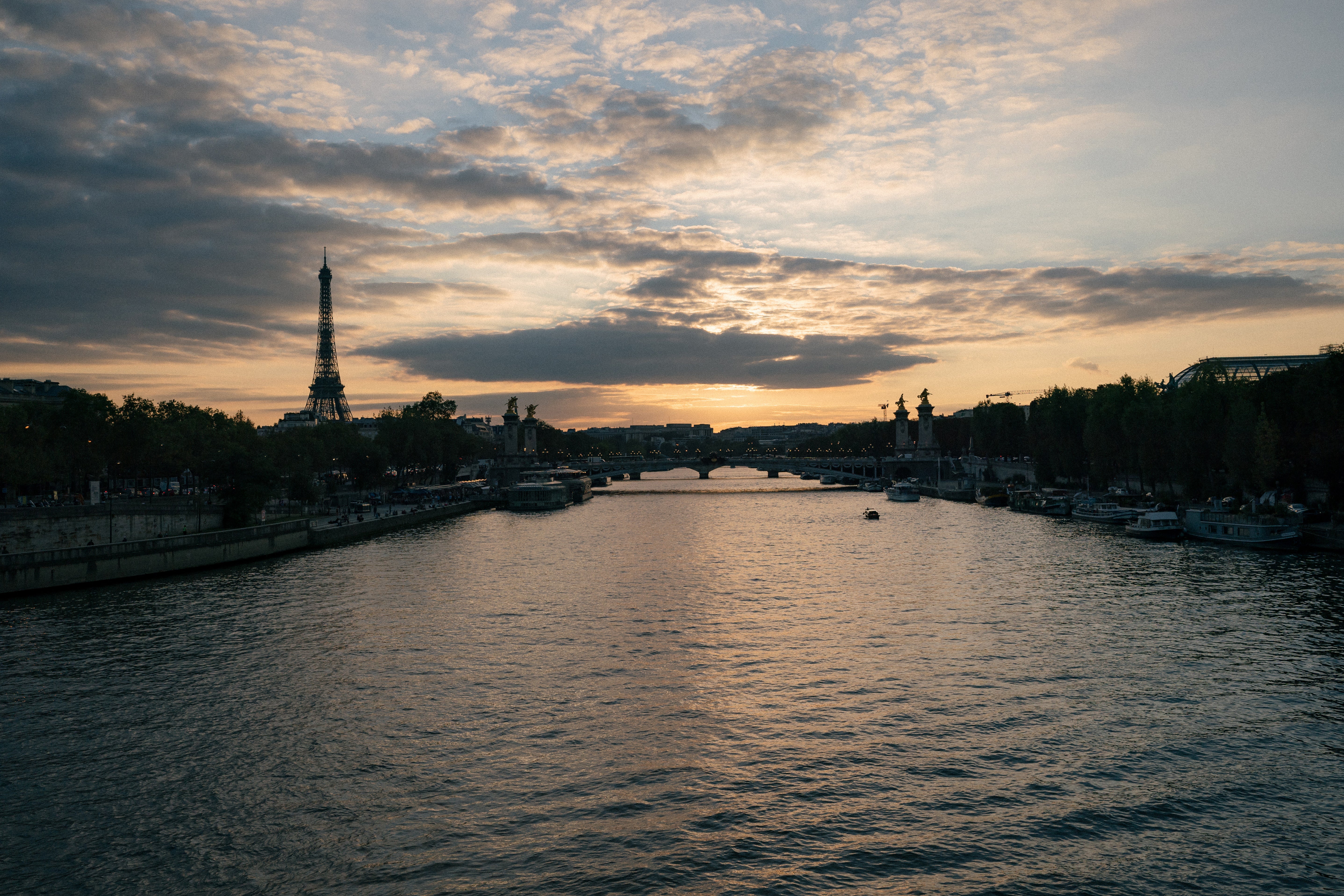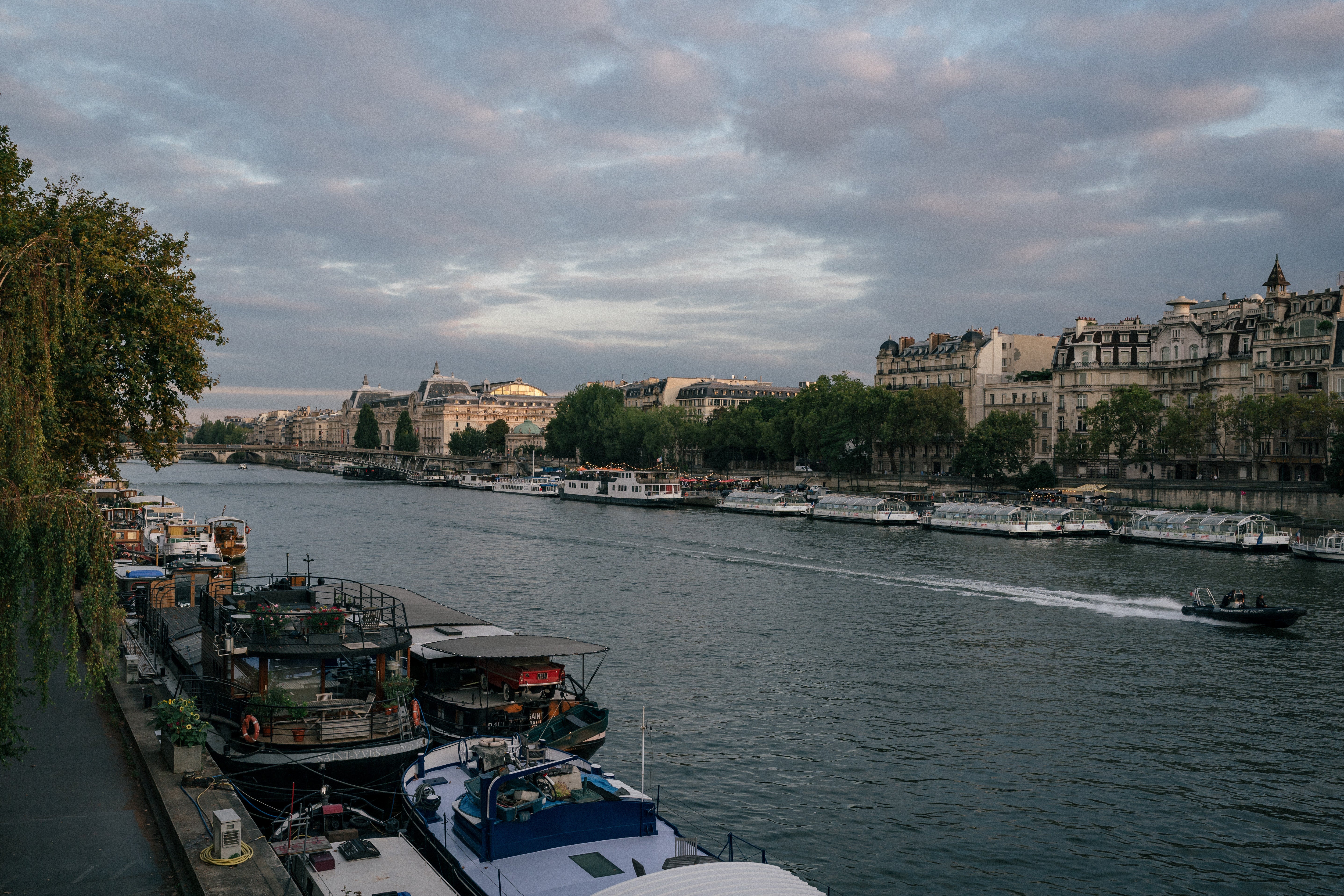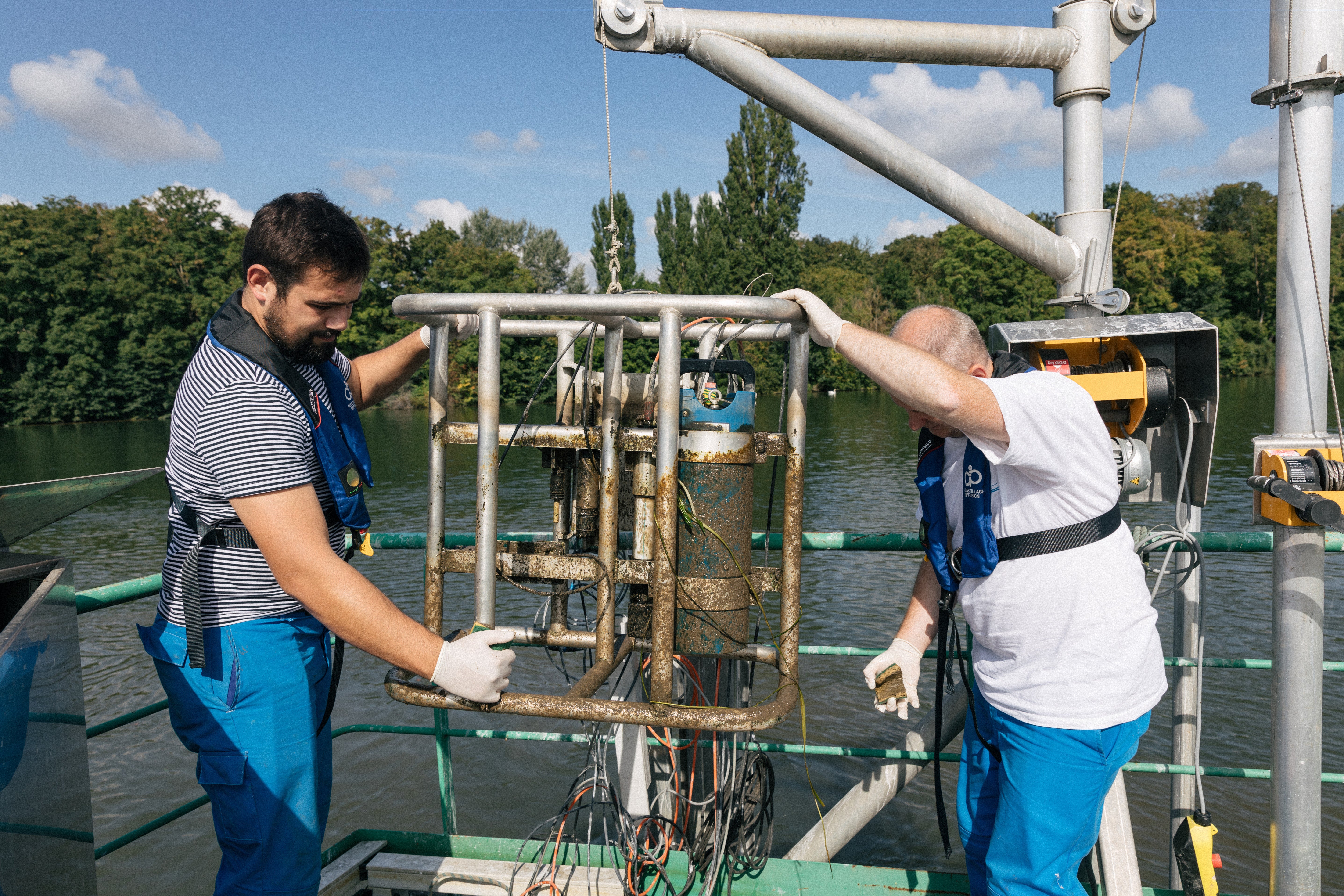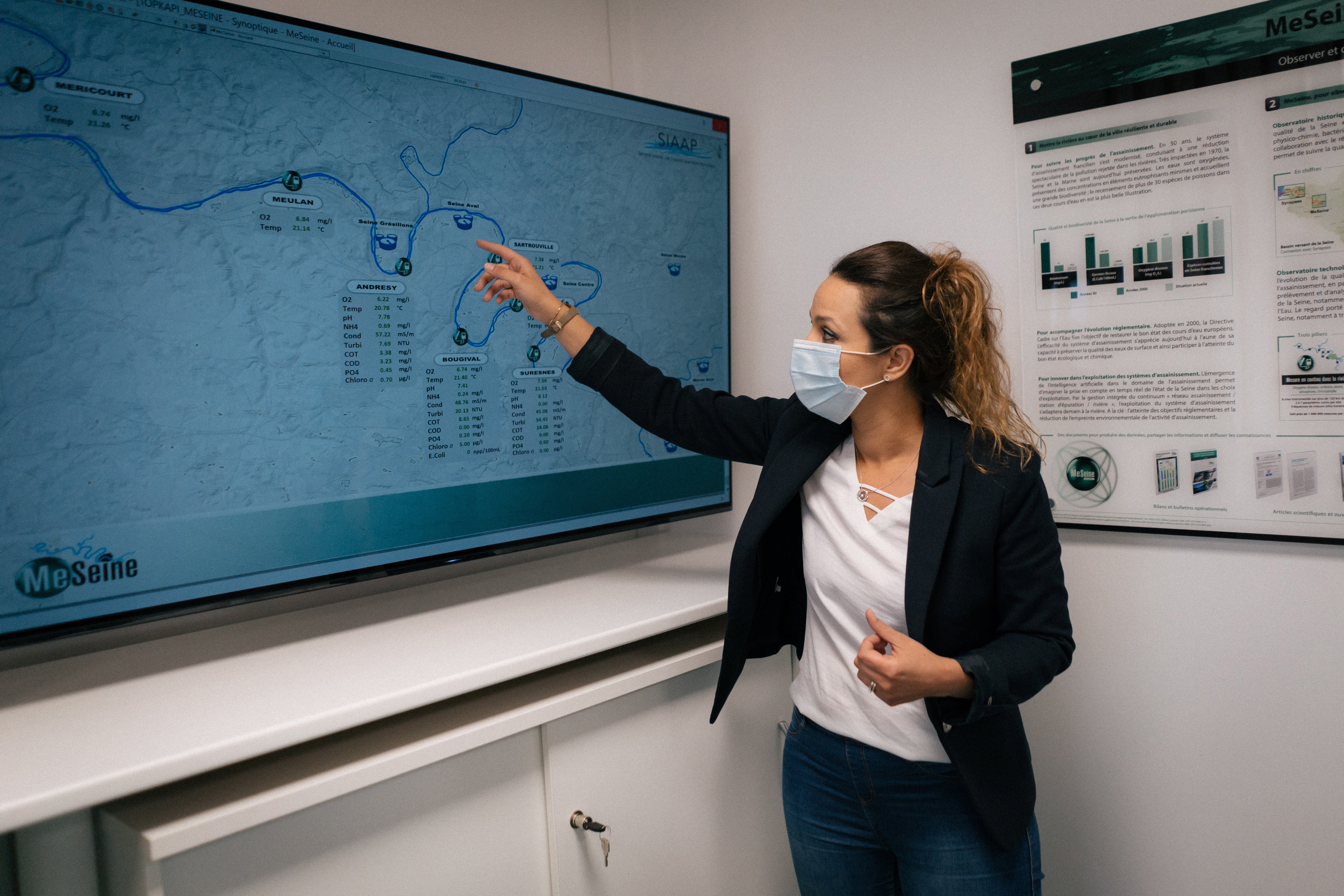Will we be able to once again swim in the Seine?
Since 1923, swimming in the Seine has been banned. With the Olympics coming to the City of Lights in 2024, French authorities are hoping to change that, writes Rick Noack

For decades, the Seine was the smelly companion of the City of Lights.
Declared biologically dead in the 1960s, the river only ever appeared to awaken when floods threatened to spill brown mud water onto the Parisian cobblestone pavements. Advances in wastewater treatment have helped. But swimming has been officially banned since 1923. More than two-thirds of all French people have a negative perception of the river.
And yet when French officials unveiled their ambitions for the 2024 Summer Olympics in Paris this month, the Seine was treated like a resurrected national monument, “the most beautiful avenue of the capital” and a place of “unlimited possibilities”.
In a break from tradition, the opening ceremonies won’t take place in a stadium. Instead, Olympic athletes and officials will float down the river, waving from more than 160 boats, as an estimated 600,000 spectators watch from stands and streets between the Austerlitz bridge and the Eiffel Tower. In the following weeks, some athletes may not just float on the Seine, but also in it. The river is expected to accommodate the Olympic open water marathons and the triathlons. Once the athletes are gone, officials want to open the river to everyone.
According to this vision, the Olympics would celebrate a turnaround in the river’s fortunes that has been decades in the making. But getting there will still require a final sprint. To date, the Seine’s cleanup has already meant that fish the length of dinghies have returned to the river. Authorities estimate more than £1 billion will be needed before people can safely follow.
“The cities of the world are reconquering their rivers,” says Anne Hidalgo, the mayor of Paris and the Socialist Party’s presidential candidate.
Today, about 99 per cent of capital region wastewater is treated. On many days, the Seine already falls below the safety alert levels for swimming, officials say
The Thames similarly has gone from having been declared biologically dead to welcoming sharks, seals and even sea horses. In Berlin, activists have called for parts of the Spree river to be made swimmable.
In Paris, officials hope to cordon off areas of the Seine as river-water swimming pools, open to the public after the Olympics are over. These would include scenic spots near the Louvre, Notre Dame and the Eiffel Tower, but also in the less privileged suburbs, allowing Parisians to reclaim a long-lost but unforgotten tradition.
When Paris hosted its first Olympic Games in 1900, the swimming competitions almost self-evidently took place in the Seine, said historian Laurence Lestel. Photos taken in the following years show cyclists propelling themselves into the river off diving platforms in front of the Eiffel Tower and swimmers floating down the river on old mattresses.
But industrialisation, along with decades of rapid economic and population growth in the capital region, turned the Seine into the big-city equivalent of a smelly pond, whose only saving grace was that its toxic waters reflected the Eiffel Tower and Notre Dame Cathedral. Almost no fish could survive in the Seine for decades, Lestel said.

As Paris mayor, Jacques Chirac repeatedly promised a cleanup, saying on television in 1990: “In three years, I will swim in the Seine, in front of witnesses, to show that the Seine has become a proper river.”
Chirac’s pledge was met with laughter.
Three decades on, authorities say the proposition is more serious. Their optimism is based on hidden, partially submerged containers that transmit real-time updates on what is flowing around them – and what isn’t.
In a brick-and-stone building in a Paris suburb, the data collected by the sensors is displayed on a large screen day and night. They include measurements of the water’s CO2 and E coli bacteria levels. These days, the Seine’s high-tech barometer often flashes in green – a sign that the river is allowing species to breathe again.
Over the past 40 years, fish species in the Seine have proliferated more than tenfold. That’s partly the result of tightening European Union rules on water quality, but also local initiatives to reverse decades of environmental degradation.

Only 4 per cent of Parisian wastewater was treated in 1970. And until the 1980s, wastewater treatment in the French capital – as in many big European cities – largely focused on human excrement. Chemical elements such as phosphorus, which can deprive rivers of their oxygen, were ignored.
But the 1980s and 1990s saw the introduction of tighter regulations and the construction of novel treatment stations that filtered not only higher quantities of wastewater, but also a greater diversity of pollutants, explains Vincent Rocher, director of innovation with the capital city region’s sanitation service.
Today, about 99 per cent of capital region wastewater is treated. On many days, the Seine already falls below the safety alert levels for swimming, officials say.
And then there are days like in September 2020, when hundreds of gallons of toxic wastewater leaked into the river from a cement manufacturer’s site in eastern Paris.
To reduce how often the safety alert goes off, officials are focusing on improving the efficiency of existing treatment plants and have stepped up efforts to prevent boats from dumping their sewage into the Seine. Authorities are also constructing a storm water holding tank designed to capture more than 12 million gallons of water and limit polluted runoff.

But by the time those measures start to have an effect, revised EU rules on water quality could once again move the Seine out of ordinary swimmers’ reach.
Hidalgo has dismissed scepticism about the city’s Olympic swimming plans by saying that the water quality requirement for competitions “is not quite the same as that for daily swimming”.
She was referring to rules that tend to give competition organisers more leeway than officials in charge of public swimming venues. There were sewage and water pollution concerns at the Olympics in Rio de Janeiro in 2016 and in Tokyo this year, for example, but in both cases the competitions went ahead.
French officials insist that their ultimate goal remains to make the Seine swimmable for everyone at EU standards.
About an hour’s drive from the capital, along the banks of the Marne river that flows into the Seine, the future has already arrived. In the town of Meaux, swimming was legalised more than a decade ago. The river there attracts both elderly people who can still remember the old days and younger ones who are carefully wading, or bravely jumping, into the waters for the first time.
“Often in the past, we turned our backs on the river,” says Sylvain Berrios, a mayor in the region who has campaigned for greater swimming access. “Now locals are taking it back.”
Downstream in Paris, people hope to do the same.
Among those agitating for a return of swimming in the Seine is Arthur Germain, who got special permission to swim the 480 miles from the river’s source in northeast France to its mouth in the English Channel over 49 days last summer.
He also happens to be the son of the Paris mayor, Anne Hidalgo.
© The Washington Post




Join our commenting forum
Join thought-provoking conversations, follow other Independent readers and see their replies
Comments